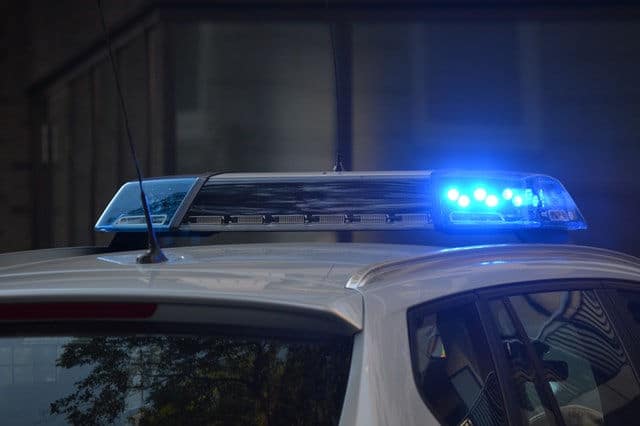Police Chase Crashes are All Too Common
Earlier this month, a police chase that began in Randolph and ended in Avon resulted in a multi-vehicle traffic accident. The fact that a chase commenced in response to an equipment violation ended in a multi-car crash raises questions about the larger issue of police chases, the policies that govern them, and liability when they go wrong.
The incident started when a Massachusetts state trooper attempted to pull Michael Garcia-Robles over for an equipment violation and over-tinted windows. For reasons not yet known at the time of this writing, Garcia-Robles did not pull over but accelerated and attempted to evade the trooper. During the chase, he struck another vehicle, triggering the multi-vehicle crash. Fortunately, no occupants of the other vehicles were injured. But, the ending isn’t always so happy.
Police Car Chase Accident Statistics
The dangers of police pursuits have been on the radar of many safety organizations for decades. More than 20 years ago, the National Institute of Justice (NIJ) published a research brief on police chases. At that time, just 91 of 436 departments surveyed had written policies for police chases and many of those had policies that had not been updated since the 1970s. While police chases were rare in some areas, some large jurisdictions reported hundreds of pursuits per year.
The NIJ found that police pursuits were more likely to result in accidents if:
- The person being pursue was accused of a felony rather than a misdemeanor
- The chase took place on surface streets as opposed to a highway
- The chase took place in an urban or suburban area versus a rural area
- A larger number of vehicles were involved in the chase
In one state, 40% of police pursuits resulted in property damage.
Two decades later, the story isn’t much brighter. A study published by the U.S. Department of Justice in 2017 revealed about 68,000 police pursuits annually. Though most departments now have established policies, an average of one person per day killed in police chase crashes nationwide. 29% of those killed were occupants of vehicles not involved in the chase, and another 4% were bystanders. Data showed that police pursuits were most common in departments that left the decision to the individual officer.
Who is Liable for Police Chase Accident Injuries?
Whether and to what degree a police department may be liable for injuries and property damage caused by a police chase depends in part on the state. While there are some limitations, Massachusetts law makes a public or municipal employer liable for the negligent acts of its employees in much the same way a private employer would be liable for an employee’s negligence.
That means that if the police officer was negligent in execution of the chase, the city, county, or state may be responsible for any damages caused. There may be other causes of action, as well. For example, a department may be directly liable for failure to establish appropriate policies or negligent training of officers. Potential liability extends beyond collisions the police car itself is involved in. For example, if police negligence causes the target of the pursuit to increase speed, run a red light or race through a residential neighborhood and the target injures someone, the department may be partially liable. Of course, that doesn’t excuse the driver’s actions–the fleeing driver and the police department may share liability.
If you’ve been injured or lost a loved one in a police chase accident, or in another type of motor vehicle accident, it is in your best interest to get knowledgeable guidance right away. Attorney Kevin P. Broderick has been fighting for the rights of injury victims in Massachusetts and New Hampshire for decades and understands the stress and confusion that can follow a serious accident.
You can take the first step toward pursuing the compensation you deserve right now, by scheduling a free, no-obligation consultation. Just call 978-459-3085 or fill out the contact form on this site.

